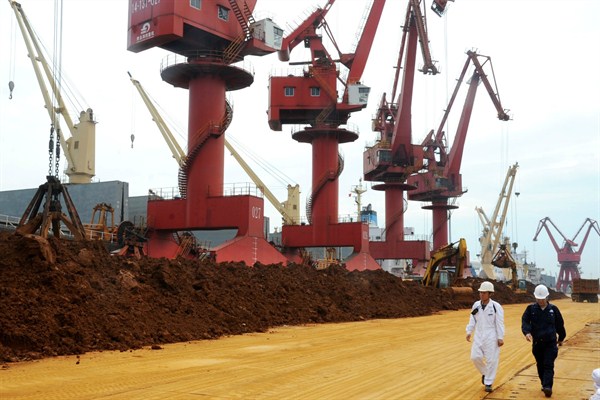As its trade war with the United States goes on, China in recent months has raised the possibility of weaponizing its control over 80 percent of the world’s supply of rare earths, minerals that are used in a wide array of important industrial and consumer products. In response, Washington wants to partner with other countries to help develop their mineral reserves to diversify the global supply chain, and even boost its own domestic supplies. But while that may sound sensible on paper, it is based on an unrealistic portrayal of the threat posed by China’s near-monopoly supply of rare earths, says Eugene Gholz, an associate professor at the University of Notre Dame with expertise in industrial supply chains. WPR recently spoke with him about the reality of the global market for rare earths, and why the Trump administration may have other reasons for exaggerating the threat posed by China. The following transcript has been lightly edited for length and clarity.
WPR: How is it that China came to control such a large share of the world’s supply of rare earths? Was it geological good fortune, or were there other factors at play?
Gholz: Definitely not purely geological. The observation that rare earths aren’t actually that rare—they’re about as common as copper or lead in the earth’s crust—is very commonplace now. But it’s actually not that helpful, because in most places, rare earths don’t appear in concentrated form. They’re very diffuse. But there are still commercial concentrations in a lot of countries besides China; Australia and the United States are the major ones that are currently commercially producing rare earths.

